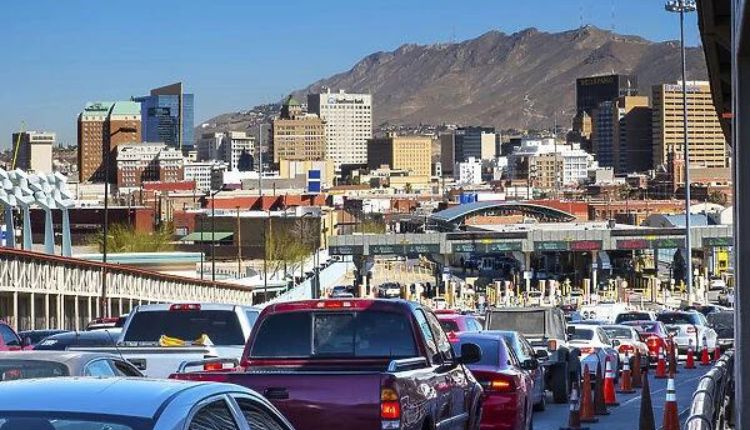Nestled in the sun-baked desert of the southwestern United States and northern Mexico, El Paso and Ciudad Juarez represent more than just geographical neighbors—they are two cities intricately linked by culture, economy, and daily life. Their proximity—divided only by the Rio Grande—has fostered a unique cross-border dynamic, making the journey from El Paso to Ciudad Juarez a significant and multifaceted experience.
The Cities and Their Significance
El Paso, Texas, is a vibrant American city known for its rich cultural heritage, diverse population, and strategic location at the heart of the U.S.-Mexico border. It boasts a range of attractions, including historical sites, vibrant arts scenes, and a renowned culinary landscape. Its blend of cultures is a testament to its role as a melting pot where American, Mexican, and indigenous influences converge.
On the other side of the border lies Ciudad Juarez, Chihuahua, a bustling Mexican city that plays a crucial role in the country’s economy. Historically, Juarez has been a significant commercial hub and a gateway to Mexico. It is known for its industrious spirit and its contributions to Mexican culture, from its lively festivals to its thriving arts scene.
The Journey: Crossing the Border
Traveling from El Paso to Ciudad Juarez is a relatively short trip, approximately 10 to 15 miles, depending on the specific route taken. The most common way to cross is through the Paso del Norte International Bridge, also known as the Bridge of the Americas. This bridge connects the two cities directly and is heavily utilized by both locals and visitors.
Before embarking on the journey, it’s essential to be prepared for the border crossing procedures. U.S. citizens need to carry a valid passport or a passport card. While the process is generally smooth, travelers should anticipate possible wait times due to security checks and customs processing.
Cultural Interactions and Local Customs
Upon crossing into Ciudad Juarez, travelers are greeted by a distinct change in atmosphere, yet the connection between the two cities remains palpable. In Juarez, Spanish is the predominant language, and the city’s vibrant markets, lively street life, and flavorful cuisine offer a rich cultural experience.
One of the most significant aspects of this journey is experiencing the seamless blend of American and Mexican cultures. The cities share more than just geographical proximity—they share traditions, cuisine, and festivals. For instance, both cities celebrate Day of the Dead with similar fervor, honoring their ancestors with colorful altars and traditional festivities.
Economic and Social Ties
The economic ties between El Paso and Ciudad Juarez are profound. The border region is a critical axis for trade and commerce. Juarez’s maquiladora industry—manufacturing plants that produce goods primarily for export—benefits from its proximity to El Paso, where many products enter the U.S. market. Conversely, El Paso provides a significant consumer base and logistical support for the goods produced in Juarez.
Socially, the two cities are intertwined through family connections and daily interactions. Many residents of Ciudad Juarez commute to El Paso for work or education, while some El Pasoans cross the border for shopping, entertainment, or family visits. This daily back-and-forth has created a unique blend of lifestyles and a shared sense of community.
Tourism and Attractions
For visitors making the journey, both cities offer a range of attractions. In El Paso, highlights include the El Paso Museum of Art, the Chamizal National Memorial, and the scenic Franklin Mountains State Park. Each offers a glimpse into the city’s rich history and natural beauty.
In Ciudad Juarez, the Museum of the Border provides insights into the region’s complex history and cultural exchanges. The city’s Central Park (Parque Central) is a hub of recreational activities, and the Catedral de Nuestra Señora de Guadalupe showcases stunning architecture and historical significance.
Conclusion
The journey from El Paso to Ciudad Juarez is more than just a physical crossing—it is a passage through a rich tapestry of shared history, culture, and economic interdependence. These cities, though separated by a river and an international boundary, are deeply connected by their people and their stories.
Whether you’re a local resident or a curious traveler, crossing from El Paso to Ciudad Juarez offers a chance to explore the fascinating dynamics of border life, experience the blend of two cultures, and appreciate the unique relationship that defines this vibrant region.
